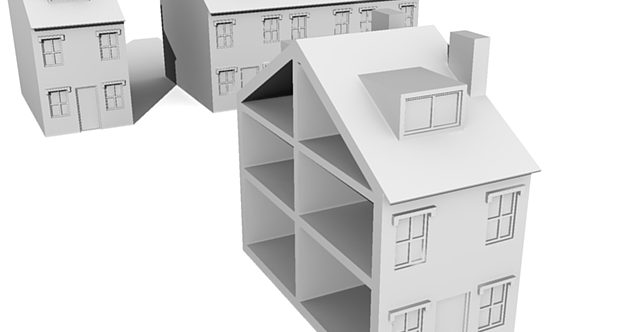Valuation methods explained

Valuation methods explained
There are five main methods used when conducting a property evaluation; the comparison, profits, residual, contractors and that of the investment. A property valuer can use one of more of these methods when calculating the market or rental value of a property. The most prominent and preferred method to use is the comparison methods, as it’s directly linked to current market transactions.
The Comparison method is used to value the most common types of property, such as houses, shops, offices and standard warehouses. Ideally the market should be stable and there should be multiple, recent lettings/sales of comparable properties (same size, location, condition etcetera). The best comparable factors should be selected and analysed, and thereafter adjustments can be made for their differences. Finally, an estimated market value can be created.
The Profits method could be applied when no comparable rental/sale transactions are available, and it’s often used for pubs, hotels, nursing homes (typically a business property with an element of a monopoly, with results in lack of comparable variables). The method estimates a business’s gross profits and thereafter deducts all working expenses excluding any rental payments made; this gives the divisible balance, or the amount of capital to be shared between tenant (for running the business) and landlord (for rent).
The Residual method could be used to value property with development potential or vacant land that is having its current use changed to something more profitable. When calculating land value one must take the gross development value minus the cost of development (including the developer’s profit). The residual sum is then the capital that the developer can spend on the property in its undeveloped form. This method is, quite famously, inaccurate due to number of inputs and costs that are challenging to determine, and also have a tendency to change over time.
The Contractor’s method is a cost method of valuation, and can sometimes be used when comparative, profits or investments methods cannot be used. The situation often occurs if a property has a specialist nature, meaning there are no market transactions. The method assesses all the costs of providing a modern equivalent property, and thereafter adjusting it to reflect the age of the subject property. This method is often referred to as the ‘method of last resort’ due to its unreliability, as the market value is determined by the economic forces of supply and demand, not by the cost of production.
Lastly, the Investment method can be applied to determine the market value of a freehold or leasehold interest in property from its potential to generate future income. It is typically used for the main forms of properties where a tenant is providing the landlord with an investment return on his capital cost (purchasing the building). Using this method, the comparable property transactions of sales and lettings are analysed to find the revenue. The profit is thereafter applied to the future rental income, which is discounted back to the present day giving the net present value (NPV). This is finally used as an indicator of how much the building is presently worth.
This news was brought to you by Morgan Pryce, a specialist tenant acquisition agent with offices in Oxford Circus and the City. Morgan Pryce specialises in search, negotiation and project management and works exclusively for tenants.